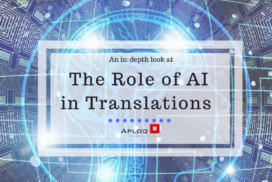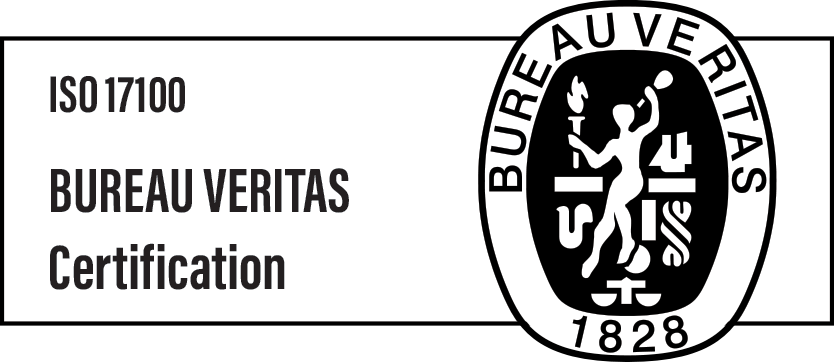How is AI Really Changing the Translation Industry?

How is AI changing the Translation Industry?
There’s no doubt, the ever increasing movement of people around the globe along with the advent of the internet, means that there has never been a greater need for translation in our day to day lives. With necessity comes innovation, and the world of translation is no different. While Machine Translation (MT) has been around for a long time, more recently the emergence of Artificial Intelligence being used in the development of translation tools has vastly improved the availability of real time, at your fingertips translation to the general public like never before. AI has distinct advantages over traditional MT, with the ability to consider context and linguistic nuances to offer greater accuracy for users. So how is this new technology impacting the translation industry, will it take over from human translation in the future?
Real Time and Offline Translations
What are AI translation tools you might ask?? If you use any of the numerous social media services today such as Facebook, you’ve probably already come across AI translation. If you have ever searched using Google and found yourself on a foreign language website with the option to change the on page language, then you’ll understand what AI translation is and some of its most common uses today. Many major multinational online based companies have invested in this area, with Microsoft developing their own ‘Translator’ app that offers translations for images, speech and even street signs. This particular tool can even be used offline, which is a game changer for the casual user, enabling translation in a variety of real world situations, where it was previously unavailable. Facebook, with 2.23 billion active users worldwide switched over to AI for it’s translation service, using user interaction in the form of instant feedback with their ‘rate this translation’ option to increase the system’s efficiency.
The Social Benefits of AI Translation
The technological advancements of AI in translation have undeniably far reaching benefits, from allowing people on social media with differing languages to communicate with each other, if not with complete accuracy, at least passably enough to break down the previously impenetrable language barriers and promote open communication and sharing. That’s always something to be proud of and is a positive step forward.
AI Translation Has Limitations
While AI translations has increased the accuracy and availability of automated translation, it would be naive to assume that a ‘neural net’ as is an AI system, albeit with infinitely more data capacity than that of any person, could achieve or surpass the level of efficiency and accuracy that human translations provide.
An experienced human translator has a significant advantage over any AI translation system, in that they are able to take into account cultural references, idioms, tone and even jokes. While an AI translation may translate some sentences perfectly, it can stumble when presented with difficulties in deciphering jokes, distinctions or even suggestions. As most have come to realise, no machine, regardless of how ‘intelligent’, could ever match the standard of translation achieved by a native speaker.
Could AI Replace Translators?
In terms of professional translation services, while MT is often used to aid in the translation process, and CAT tools offer invaluable time saving as well as standardization assurances to the process, the benefits are only achieved through a symbiotic relationship between MT and human translation/editing. Tools such as Google Translate may be wonderful for on the go comprehension of foreign words or sentences but they would never suffice for the translation of website content if a business wished to expand into a new local market, nor would these tools be of help for the widely varied industries that rely on flawlessly translated material for commercial use. This is without even taking into account the often necessary process of transcreation of marketing material, requiring a native speaking translator to tailor the original message to better resonate with the new audience for maximum benefit. We may be able to teach machines to translate words, but at least for now, they are still a long way from understanding how we think. That, remains a job for humans.

